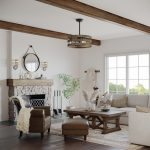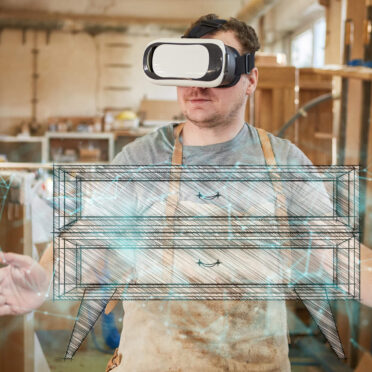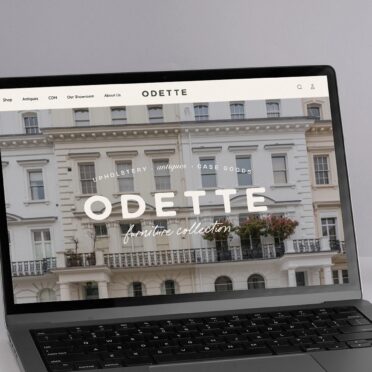Designing a Virtual Photography Scene
Designing quality virtual photography scenes takes time, dedication, patience, and most importantly, a deep and thorough understanding of the client.
Ana, an Interior Designer, says that “creating a room scene is like designing any room in your home. It’s an adventure because it’s fun. However, it’s also stressful because you don’t know if it’ll turn out the way you want. And very uncertain because you don’t know if what you’ve explained to the digital artist is what you’ll see at the end.”
By taking the time to understand the client’s needs, goals, products, and who they are as a business, Ana is able to design awe-filled renders that are then turned into amazing scenes by the CGI team.
When asked how Ana establishes a working relationship with the client, she said that she meets with the client to understand what they want to achieve.
In her words, “Generally people want a room with lots of light and open space. And of course, it should be beautiful. But then, I take a look inside the client to see what they really want or if I’m able to assist them on this journey based on what they’re looking for. And in my experience, it’s much easier to start the conversation and get into the process when they know or have a fairly good idea of what they want to see.”
Ana and I dove into some of those comments, and what I’ve learned is that most people want what they perceive to be a beautiful room; tall ceilings, lots of light, and clean spaces. However, it’s essential to dig deeper and gather the unique elements for each client to design the perfect scene.
Inside the Process
Having those initial thoughts in mind, with an understanding of what the client is looking for, Ana broke down her process from beginning to end.
She said, “To narrow down the design, I usually make an inspiration board which contains a lot of similar spaces to what the client expressed.”

“From that, they pick an image that they like best. Then I create a mood board using the image the client picked. Dividing into separate details for how each individual element should be done.”
Ana describes this as the freer part of the designing journey. Allowing her to carefully look at notes and start bringing this room scene to life. Defining the style, color scheme, product locations, and mood takes a couple of additional sessions with the client, but it’s all worth it once the client gives the go-ahead.

Ana uses Sketchup to create clay models(above) to capture the final scene’s angles and desired product placements.
From there, the model is handed over to the CGI team and then revised by Ana upon completion. Take a look at the scene’s progression. Going from a Clay model (above) to a Photorealistic room scene (below).



Ana says, “the most important thing to remember is what the client is selling. The room you’re creating isn’t a personal space. However, the product is very personal to your client.” Ana goes on to note that “a successful scene does not look staged; it has a kick to it! Hopefully, that kick is your client’s product, and even if it isn’t, everything should sit right. Every component must be designed with your client’s products in mind. To give them the result that best suits their needs.”
Find the right team
At Jola, we’re committed to creating solutions to help your products look better and sell better. We treat all of our clients with the respect they deserve. And offer them the time and dedication necessary for each of their needs. Connect with us today to start designing your Virtual Photography scenes.
Written by Teace Findlay









